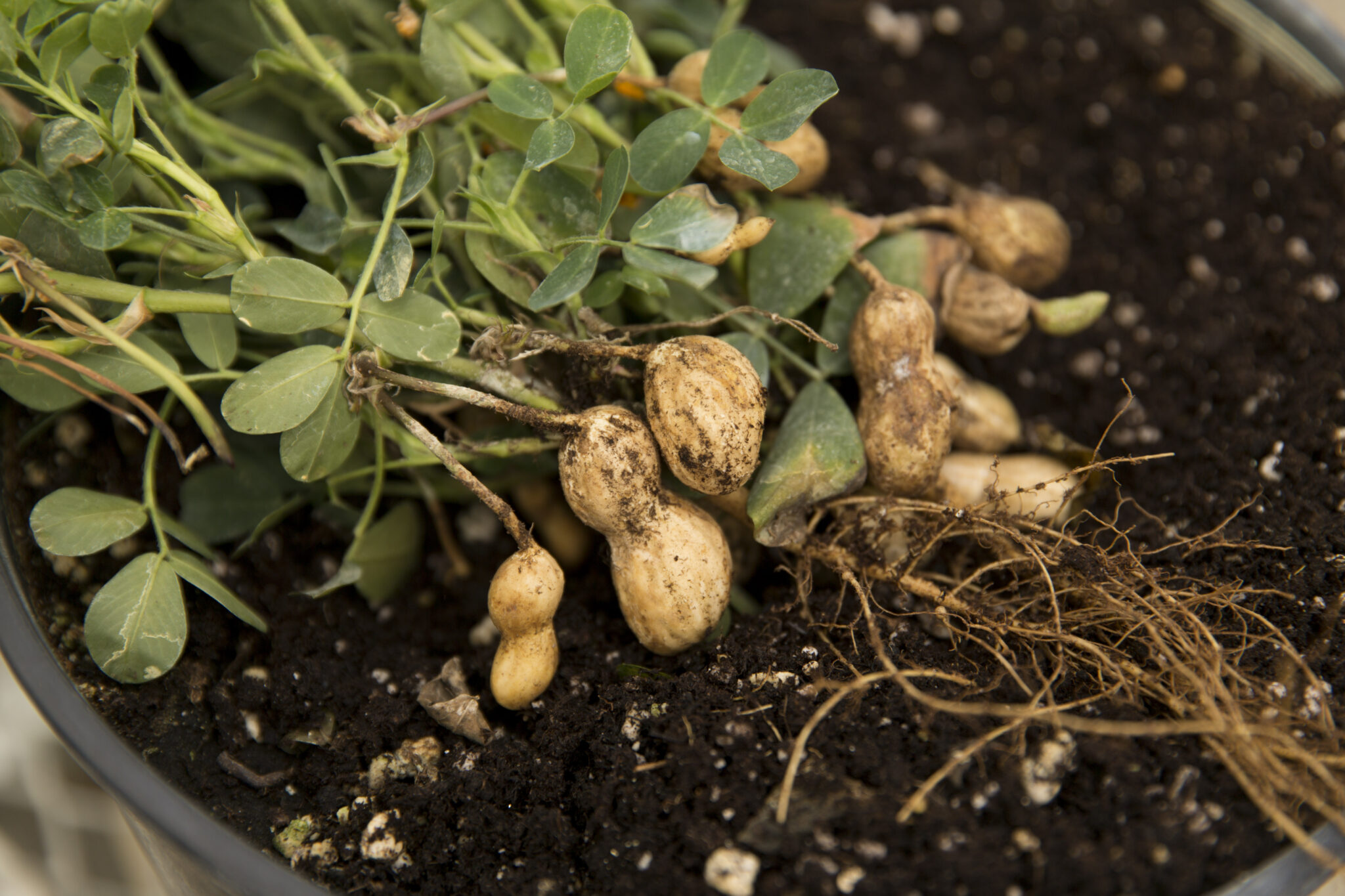With spring just around the corner, soon everyone will be buying plants for their landscapes and gardens. But if you don't know the plant's botanical name, you may wind up buying the wrong plant.
The common names we most often call plants can cause confusion. Sometimes two or more plants share the same name. Or one plant may be known by many names, depending on local and family traditions.
You can now get a beautiful yaupon holly, for instance, that has yellow berries. But if you want the yellow-berry form, you have to ask for it specifically.
Another classic example is European water lily, which has more than 300 common names in many languages. It's the same plant everywhere. But it has a confusing array of common names.
In the "International Code of Botanical Nomenclature," though, the plant has only one name.
Knowing the botanical name when you go to buy a plant cuts through all the confusion. Each form of each plant has just one botanical name, wherever you are in the world.
The two-name botanical code was developed in the 1700s. Each plant is given a first and last name, based in Latin, that's unique to each species.
Learning these Latin names doesn't mean learning every plant in the world, though. But it helps to know how they're named.
Botanical families share traits such as foliage and flower form. Members of the carrot family, for instance, bear flowers in umbrella-like clusters and have oil glands in the foliage. The family includes carrot, Queen Anne's lace, parsley, coriander, cumin, celery and parsnip.
These plants' botanical first names are a little like people's last names: they identify groups of plants with even more similar characteristics.
The first name of a botanical binomial is the genus name. The genus and species names are always either underlined or in italics. Within the rose family for example, are Prunus (the group of plants we commonly call stone fruits), Malus (apples and crabapples), Rubus (bramble-type berries) and Rosa (the garden roses).
The second name is the species name. This narrows down the identity to a specific species.
For example, the common name maple refers to a genus of plants known botanically as Acer. The sugar maple is a species of Acer known botanically as saccharum.
So the botanical name for sugar maple is Acer saccharum. No matter what the common names in Germany, France, Russia or China, Acer saccharum is the plant we call sugar maple in the United States.
Sometimes unique growing conditions produce a variant from a species that then reproduces itself.
For instance, peach (Prunus persica) trees produce a fruit with fuzzy skin. At some point, though, this species produced a few offspring trees whose fruit had smooth skin. Botanists call this a "variety" of the normal species.
This smooth-skinned peach is commonly called a nectarine. But botanically, it's known as Prunus persica variety nucipersica. "Variety" is often abbreviated as "v."
Often new variations of horticultural species are produced by cultivation techniques, hybridization or even encouragement of mutations. These are called cultivars, or cultivated varieties.
For example, the botanical name for a "Patio" tomato is Lycopersicon esculentum 'Patio.'
It seems a bit daunting to pronounce these names. But at
least know how to find a
reference to them. If you admire a plant you just have to
have for your garden, knowing
the botanical name is the only sure way to find it in the
marketplace.






